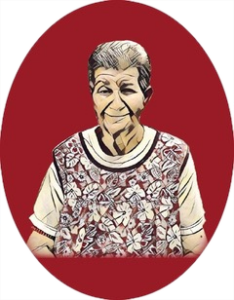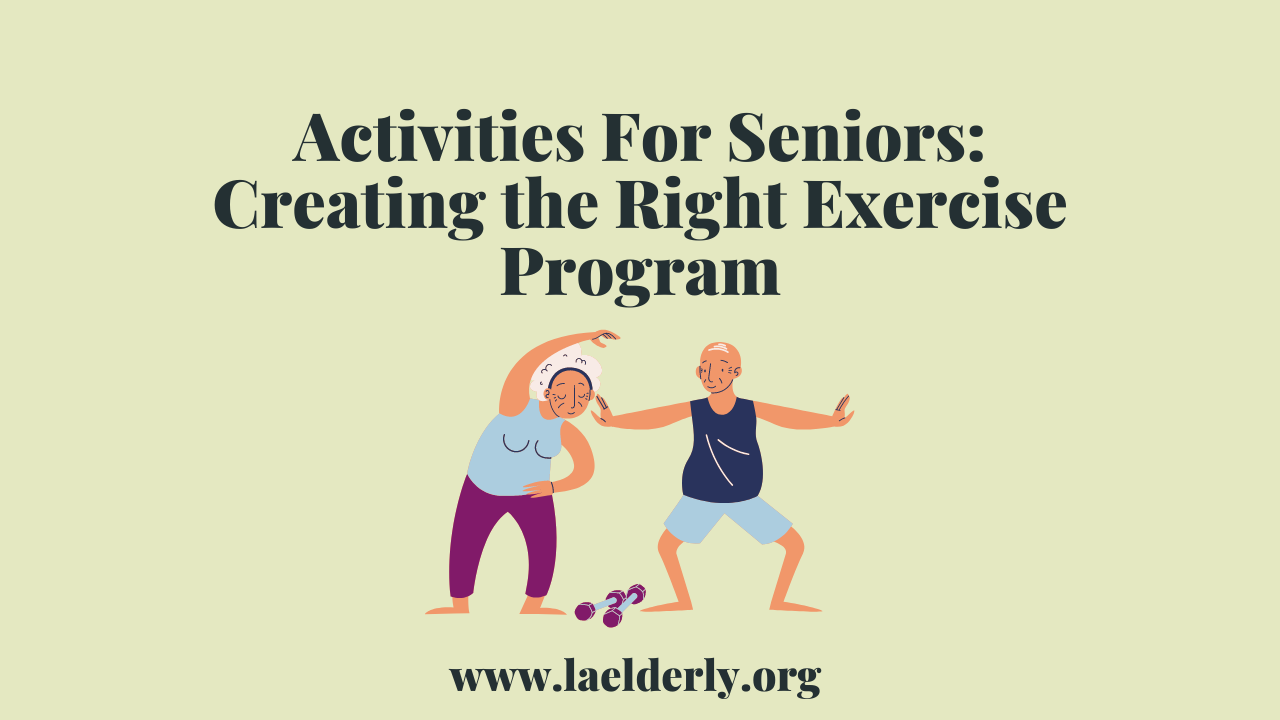There are several benefits that seniors can get from a regular exercise routine. Workouts can help the elderly keep their muscle tone and boost their endurance so they can maintain their independence for longer. You could create the perfect exercise program for yourself or for your loved ones that adequately suits their capacity and needs. Here are some tips to help you get started:
The primary goal is to provide enough exercise that will stimulate blood flow to all the vital organs as well as maintain muscle mass. Muscle tends to atrophy during the later stages of a person’s life so weight training is vital for keeping one’s strength. Cardiovascular exercise will help maintain heart health and stretching will improve flexibility. In the beginning, it is important that you do an overall assessment for the senior citizen first to ensure that they can complete all the exercises without any trouble.
Very strenuous exercise can prove detrimental to an elderly person’s overall condition so it is important that you observe their workouts and listen to their feedback afterwards. Here are some warning signs to watch out for:
- Heavy breathing
- Profuse sweating
- Loss of balance
- Droopy eyelids
- Mild to severe chest pain
If you or your elderly loved one exhibit any of these signs during exercise, immediately stop the activity.
Exercise routines should be tailored to the individual’s needs. This specified approach is highly recommended because it takes away much of the risk caused by overtraining when following a more generalized plan. You should use a log book to fill in all the details of you or your senior’s workout. This way, you can see the exact type of exercises, number of repetitions and sets, and the duration of each workout. Keeping records will also help you track progress over time.
Exercise programs should be very flexible, meaning that the exercise movements change every week or so depending on the response of the patient. Your goal is to maintain or even boost strength and flexibility so the workout intensity should be upped as the individual gets stronger. You can increase the difficulty of an exercise by increasing the weights used, adding more repetitions, or even shortening the rest period between sets.
If you happen to be a concerned family member taking care of a elderly loved one, it is always useful to get the opinion of a professional when creating an exercise plan. They can help you select the right type of routine that suits the needs of the patient. Professionals include dieticians, gym instructors, physical therapists, nutritionists, nurses and physicians who will check if the program is acceptable or too strenuous for your loved one.
During the first few sessions, you can ask the professional to help you in assisting the senior go through the different movements. Proper execution is crucial to attain the various objectives and goals. Professional help is important every now and then, and especially during the times when you should evaluate the senior’s response to treatment.
When creating an exercise routine, you can refer to exercise programs that cater to seniors. Try checking out exercise DVDs, online forums, and videos on YouTube. You can also visit senior centers to get an idea of how a typical routine goes. Take some tips from instructors and the experts about how to evaluate and adjust the routine for the patient. Over time, you will develop the skills to keep the senior comfortable while leading them through a sensible workout. Remember that diet and rest are also important for supporting the elderly with their exercise program!

